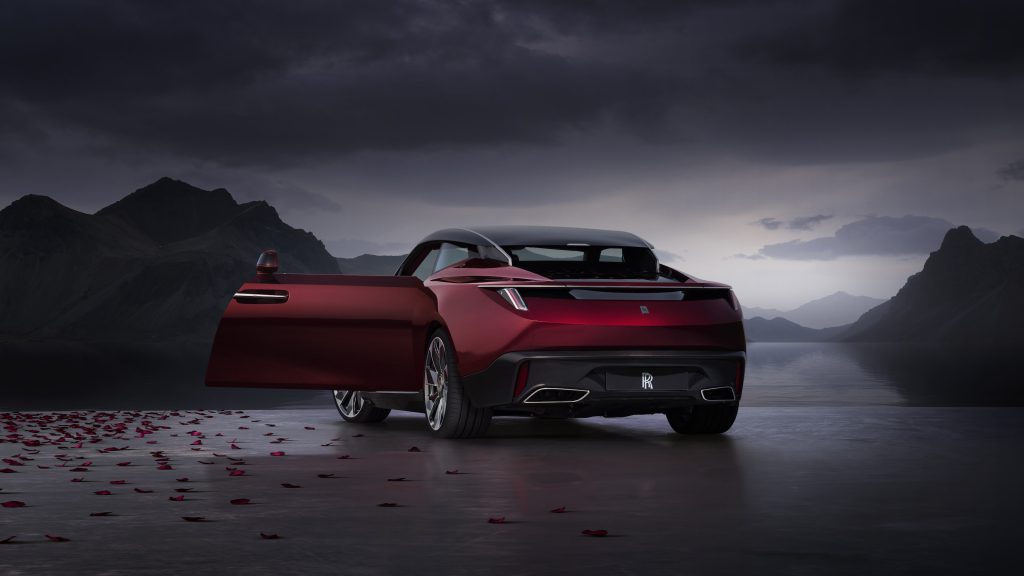Rolls-Royce Wraith
Design Director Giles Taylor takes us through the car family’s latest member

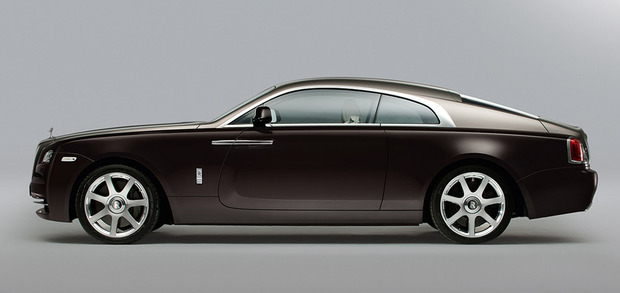
With the introduction of the Wraith earlier this month in Geneva, the Rolls-Royce line-up became a family. According to Design Director Giles Taylor, the Wraith is the masculine brother who “came from a hunting background and is no stranger to a shotgun.” The new model certainly has the shoulders of an outdoorsman or of a man in a very fine suit, two opposites that come close to personifying the model. At the same time the Wraith isn’t exactly an aggressor, standing gentlemanly beside the statelier Ghost and Phantom models: “You could describe the Wraith as the iron fist with the velvet glove,” says Taylor.
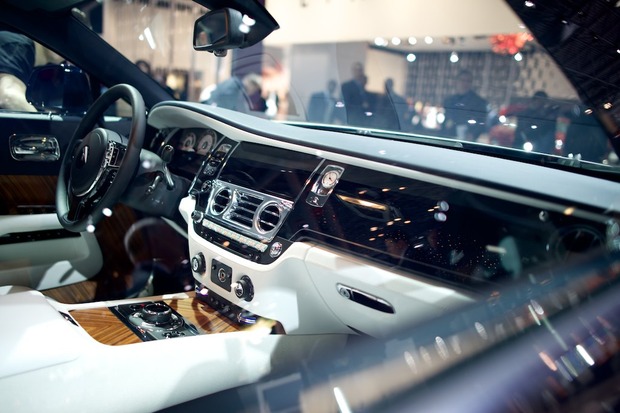
The iron fist, to continue the metaphor, comes across in the design through the fastback style. Anything but an amalgamation of parts, the Wraith has a seamless feel that calmly communicates speed from end to end. “The car is designed from three lines really,” says Taylor, walking us around the car at the New York International Auto Show. “One is the linear waistline, which gives the car its stance of stability; then you’ve got the cabin line, the fastback. The third one is this lovely expressive line around the coach door… it comes underneath, lifts the car and gives it a spiritual expression and a sense of movement.”
The sense of movement, certainly felt on the showroom floor, is really meant for the road. “The outer clothing is quite sophisticated,” Taylor explains, “but if you want to use a V12 twin turbo 600 BHP that gets up to 60 MPH in 4.6 seconds, you better stand back because this guy is no shrinking violet.”

Once you get past the raked front, the two-tone color, the Spirit of Ecstasy figurine pitched aggressively on the hood—the Wraith boils down to an experiment in behind-the-wheel details. The first thing you might notice is the Starlight Headliner, a canopy of 1,340 fiber optic lamps that envelops passengers in mock starlight. If you’re looking for a representation to stand for Rolls-Royce’s ethereal notion of “waftability,” this is it. The sensation of weightlessness, isolation and carefree luxury iconized in a representation of the night sky.
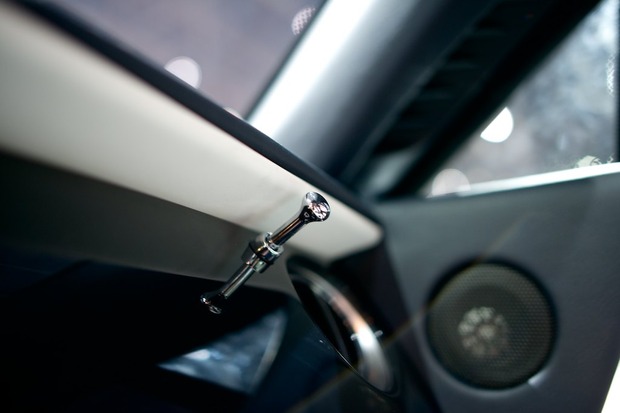
“We will never deny the enjoyment of tactility of a knob or a switch,” says Taylor, contemplating the chrome air vent control. Analog components are meant to fuse in with digital ones, and each have their place in the Wraith. One of the major feature is the Satellite Aided Transmission, a system that uses GPS to anticipate elevation changes and adjust gears accordingly. “It’s not a car you wrestle with, says Taylor. “It’s a car that’s effortless to drive.”

Another consideration was the wood paneling, called Canadel and named for a historic Rolls-Royce retreat in the south of France. “Sir Henry Royce suffered from arthritis and he used to take his design team and engineers down to the south of France in the winter to a little cove on the sea called Canadel,” says Taylor. “And this cove is a beautiful horseshoe shape, so we’ve actually named this paneling after that little cove on the coast.” The homage—a striking, yet elegant full sheet of veneer across the inside of each door—epitomizes the craftsmanship that defines the brand.
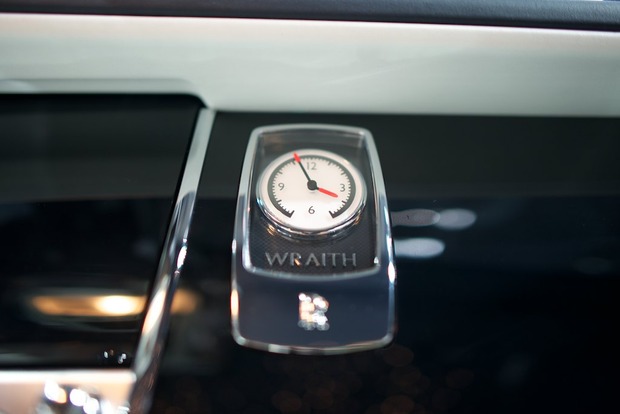
Sir Henry Royce famously said, “When it does not exist, design it.” The motto can be seen both in the Wraith and in what it has brought to the Rolls-Royce family—a quintessential gran turismo and a driver’s car for those that are accustomed to being driven.
Lead image courtesy of Rolls-Royce; All other images by Josh Rubin


